The Norwegian government's recent decision to impose strict regulations on cruise ship emissions has sent shockwaves through the maritime tourism industry. With nearly a third of all scheduled routes now forced to alter their itineraries, the move highlights the growing tension between environmental preservation and commercial interests in one of Europe's most pristine maritime regions.
The new regulations, which came into effect earlier this month, ban cruise ships from emitting sulfur oxides and nitrogen oxides within Norway's world-heritage fjords. These protected areas, including the iconic Geirangerfjord and Nærøyfjord, have seen increasing pollution levels in recent years despite their UNESCO status. Environmental groups have praised the decision as a necessary step to protect vulnerable ecosystems, while cruise operators warn of significant economic consequences.
According to data from the Norwegian Coastal Administration, approximately 30% of planned cruise routes for the 2024 season have already been modified or canceled entirely. Many vessels simply cannot meet the stringent emission standards without costly retrofits or alternative fuel systems. "We're seeing ships that have sailed these waters for decades suddenly finding themselves unwelcome," noted maritime analyst Henrik Larsen. "The industry needs time to adapt, but the environment can't wait."
The impact extends beyond cruise lines to affect entire coastal communities that depend on tourism revenue. In towns like Flåm and Olden, where cruise passengers account for over 60% of summer visitors, local businesses face an uncertain future. Restaurant owner Ingrid Bergesen expressed mixed feelings: "Of course we want clean air and water, but we also need customers. Maybe there's a way to achieve both?"
Environmental scientists counter that the damage from cruise emissions has become impossible to ignore. Dr. Eva Lundgren from the University of Bergen presented research showing that particulate matter from ships has increased by 40% in western fjords since 2015. "These aren't abstract concerns," she emphasized. "We're measuring actual ecological degradation that threatens marine life and even glacier melt rates."
The shipping industry's response has been fragmented. Some major operators like Hurtigruten have invested heavily in hybrid and electric vessels, positioning themselves as eco-friendly alternatives. Others, particularly older ships in the Carnival and Royal Caribbean fleets, face prohibitive conversion costs. A spokesperson for the Cruise Lines International Association warned that "unilateral regulations could simply divert pollution elsewhere rather than solving the underlying problem."
Norwegian officials maintain that the regulations strike an appropriate balance. Climate Minister Andreas Bjelland Eriksen stated, "We're not banning cruise tourism - we're demanding that it evolves. The technology exists to make these ships cleaner, and where it doesn't, we'll help develop it." The government has announced subsidy programs for emission-reduction technologies, though critics argue the funding falls short of what's needed.
As the summer season approaches, the practical consequences are becoming visible. Several fjords will see 50-70% fewer ship calls compared to last year. While this means clearer skies and calmer waters for remaining visitors, it also translates to quieter streets in port towns and reduced income for tour operators. The mayor of Geiranger, a town of just 250 permanent residents that typically hosts over 300,000 cruise passengers annually, described the situation as "our most challenging season since the pandemic."
The regulations have ignited debate about sustainable tourism models worldwide. Similar protected areas from New Zealand's Milford Sound to Alaska's Glacier Bay are watching Norway's experiment closely. Some destinations may follow suit, while others might position themselves as alternatives for displaced cruise traffic - potentially creating new environmental pressures elsewhere.
Passenger reactions have been mixed. While many applaud the environmental focus, others express frustration over canceled itineraries. "We booked this trip specifically to see the fjords," said American tourist Mark Dawson, whose cruise was rerouted to Scotland. "Now we're being told the very places we wanted to visit are too fragile for our ship to enter. It feels paradoxical."
Looking ahead, the industry faces a fundamental reckoning. With the International Maritime Organization's global sulfur cap already in effect and similar regional regulations likely, cruise lines can no longer postpone the transition to cleaner operations. As one ship engineer put it, "The future arrived faster than we expected. Now we either adapt or become obsolete."
For Norway, the decision represents a bold gamble - sacrificing short-term economic benefits for long-term environmental protection. Whether this becomes a model for sustainable tourism or a cautionary tale about moving too quickly may not be clear for years. What's certain is that the era of unrestricted cruise access to fragile ecosystems is ending, and the waves of change are only beginning.
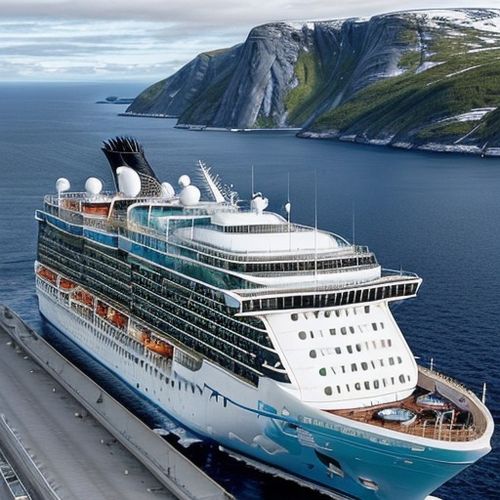
By Rebecca Stewart/Apr 7, 2025

By Sophia Lewis/Apr 7, 2025
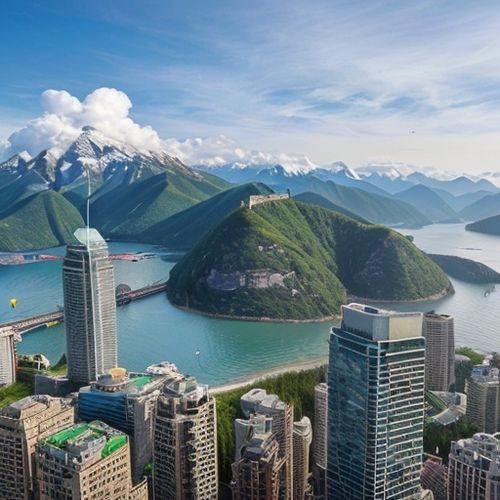
By Emily Johnson/Apr 7, 2025
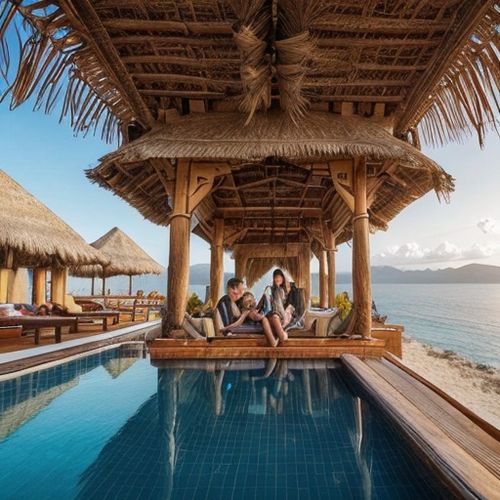
By Laura Wilson/Apr 7, 2025

By David Anderson/Apr 7, 2025
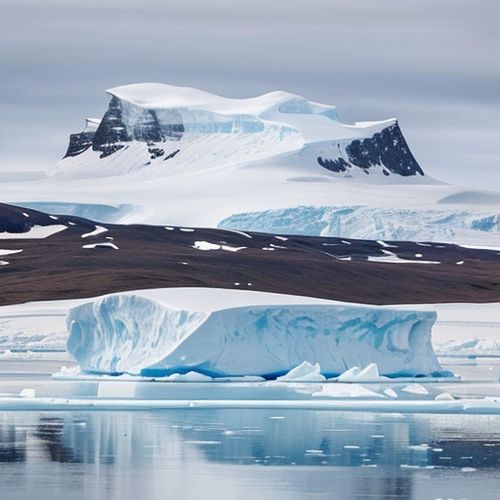
By Benjamin Evans/Apr 7, 2025
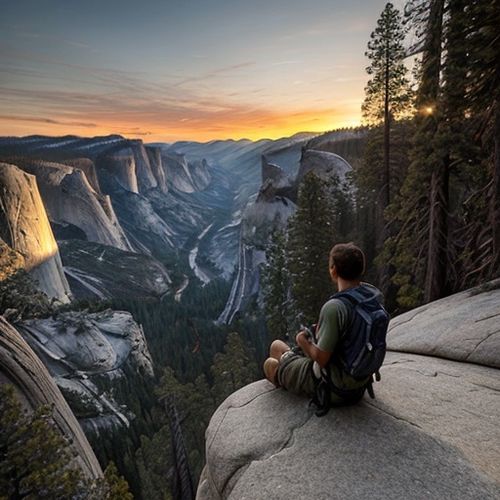
By William Miller/Apr 7, 2025

By Emma Thompson/Apr 7, 2025
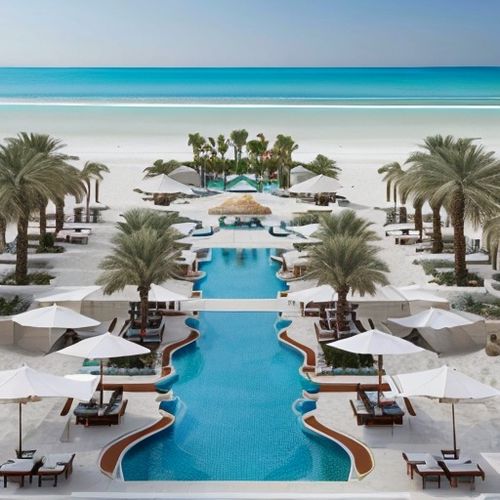
By Benjamin Evans/Apr 7, 2025

By Noah Bell/Apr 7, 2025
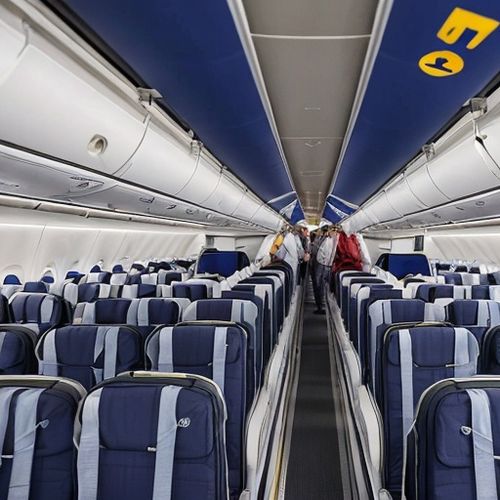
By Elizabeth Taylor/Apr 7, 2025
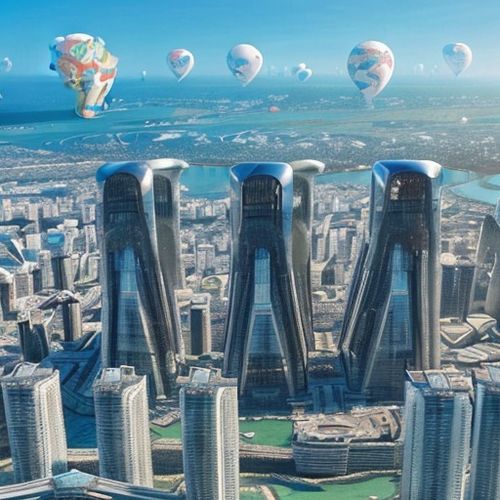
By George Bailey/Apr 7, 2025
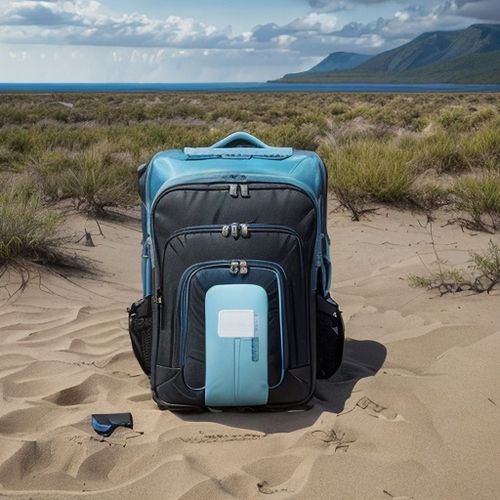
By Olivia Reed/Apr 7, 2025
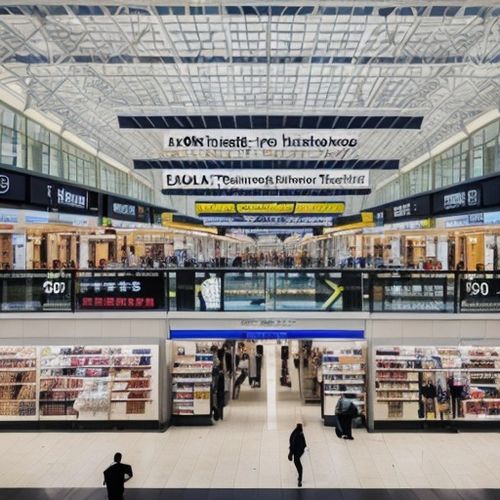
By Ryan Martin/Apr 7, 2025
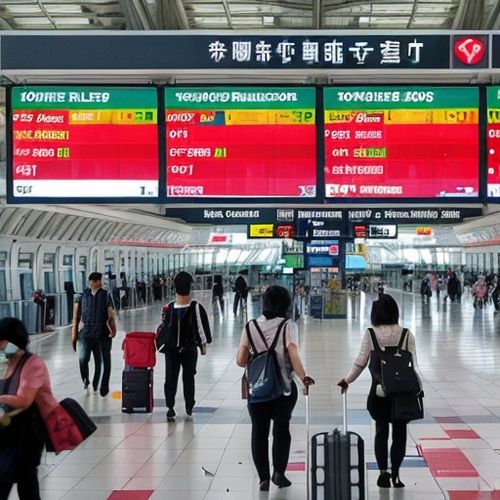
By George Bailey/Apr 7, 2025

By Laura Wilson/Apr 7, 2025
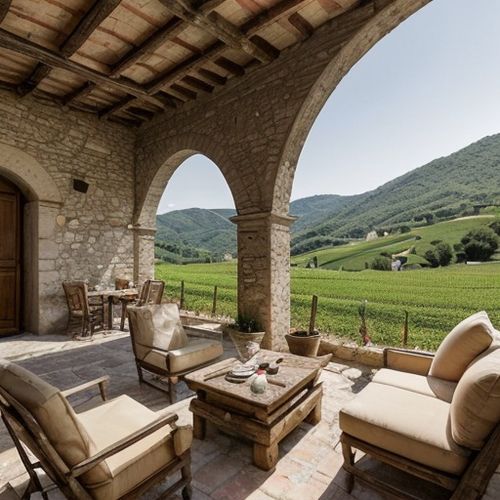
By Laura Wilson/Apr 7, 2025